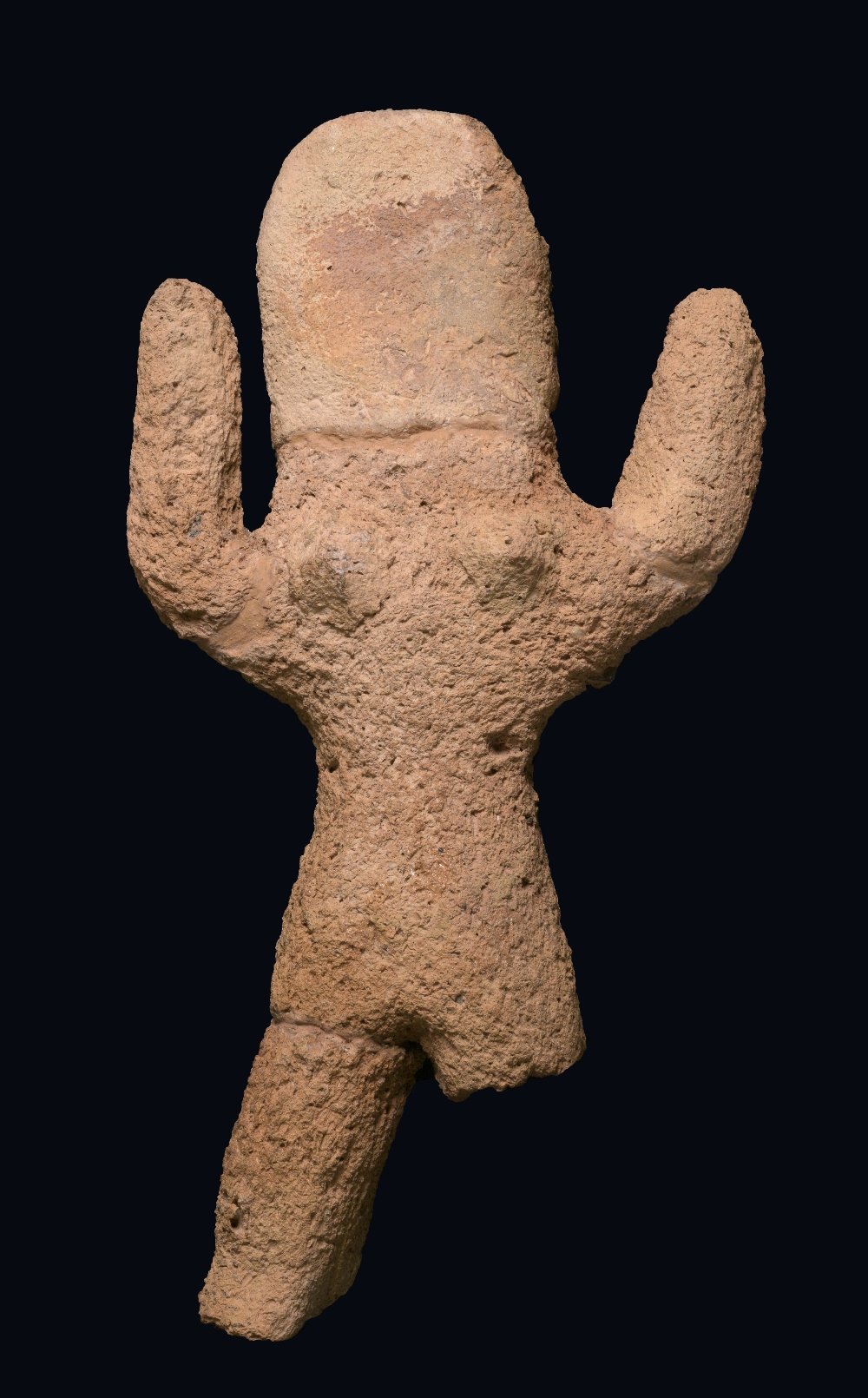
Various artifacts that are thought to have been used for magic rituals were discovered on an ancient pilgrimage route winding through the Eliat Mountains in southern Israel. It is the largest group of its kind and includes clay figurines and clay rattles that were used by professional sorcerers in service of Muslim pilgrims traveling between Egypt and Mecca.
The magic rituals were carried out around 400 years ago during the Early Ottoman period. They were believed to help ward off malevolent curses, like the evil eye, and to have healing powers. The clay rattles were found in fragments but would have once been the size of a tennis ball, and quartz pebbles were also unearthed. Other objects in the group included votive incense altars and small clay figurines, one of a woman or goddess with her hands raised and another of an animal.
These items were found along the Darb al-Hajj pilgrimage road leading from Cairo to Mecca through Eilat in southern Israel, a popular route from the 7th century until the 19th century. Campsites and other infrastructure built from the 13th century onwards to serve the pilgrims have been the focus of much archaeological research and are now being promoted as sites of interest by Israel’s ministry of tourism.
Clay rattle fragment. Photo: Clara Amit, Israel Antiquities Authority.
Although the ritualistic artifacts were unearthed in the late 1990s by local resident Moti Shemtov, they have only recently been studied by experts trying to understand what purpose they served and to boost interest in the history of the Eilat region. This latest work, published in the Journal of Material Cultures in the Muslim World, was carried out by Nitzan Amitai-Preiss of the Hebrew University of Jerusalem, Itamar Taxel of the Israel Antiquities Authority, and Uzi Avner of the Dead Sea-Arava Science Center.
“This discovery reveals that people in the Early Ottoman period—just as today—consulted popular sorcerers, alongside the formal belief in official religion,” said the researchers in a statement. “The artifacts were found broken, and they may have even been purposely broken in the ceremonies.”
“It seems that these rituals were carried out at the site by one or several people who specialized in popular magical ceremonies,” they added. “From the literary sources, we know that there was a demand for magical rituals among people from different strands of society. Such rituals carried out daily alongside the formal religious rituals—including in the Muslim world—and it is probable that the pilgrims making their way to the holy cities of Mecca and Medina were no exception.”
More Trending Stories:
Four ‘Excellently Preserved’ Ancient Roman Swords Have Been Found in the Judean Desert